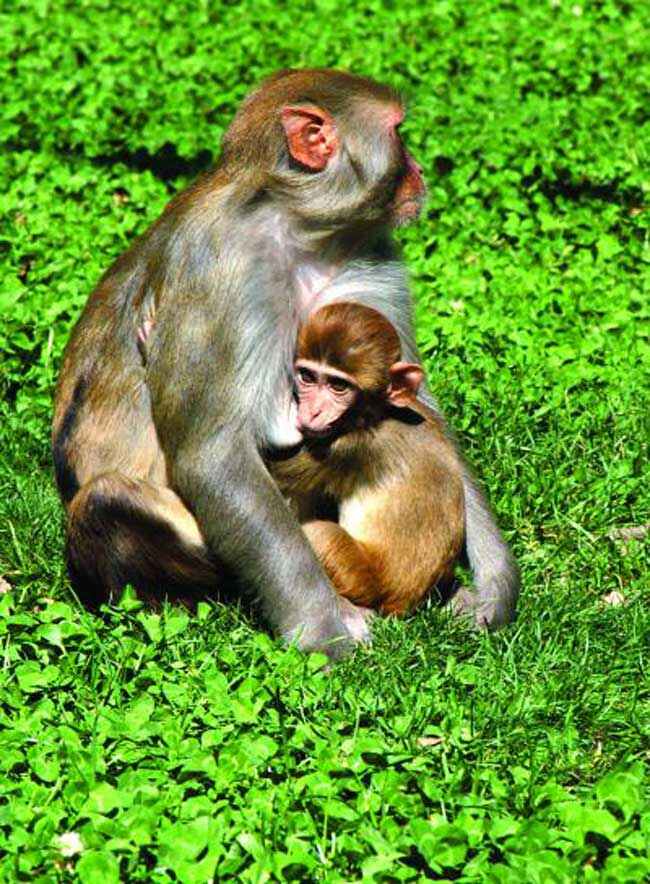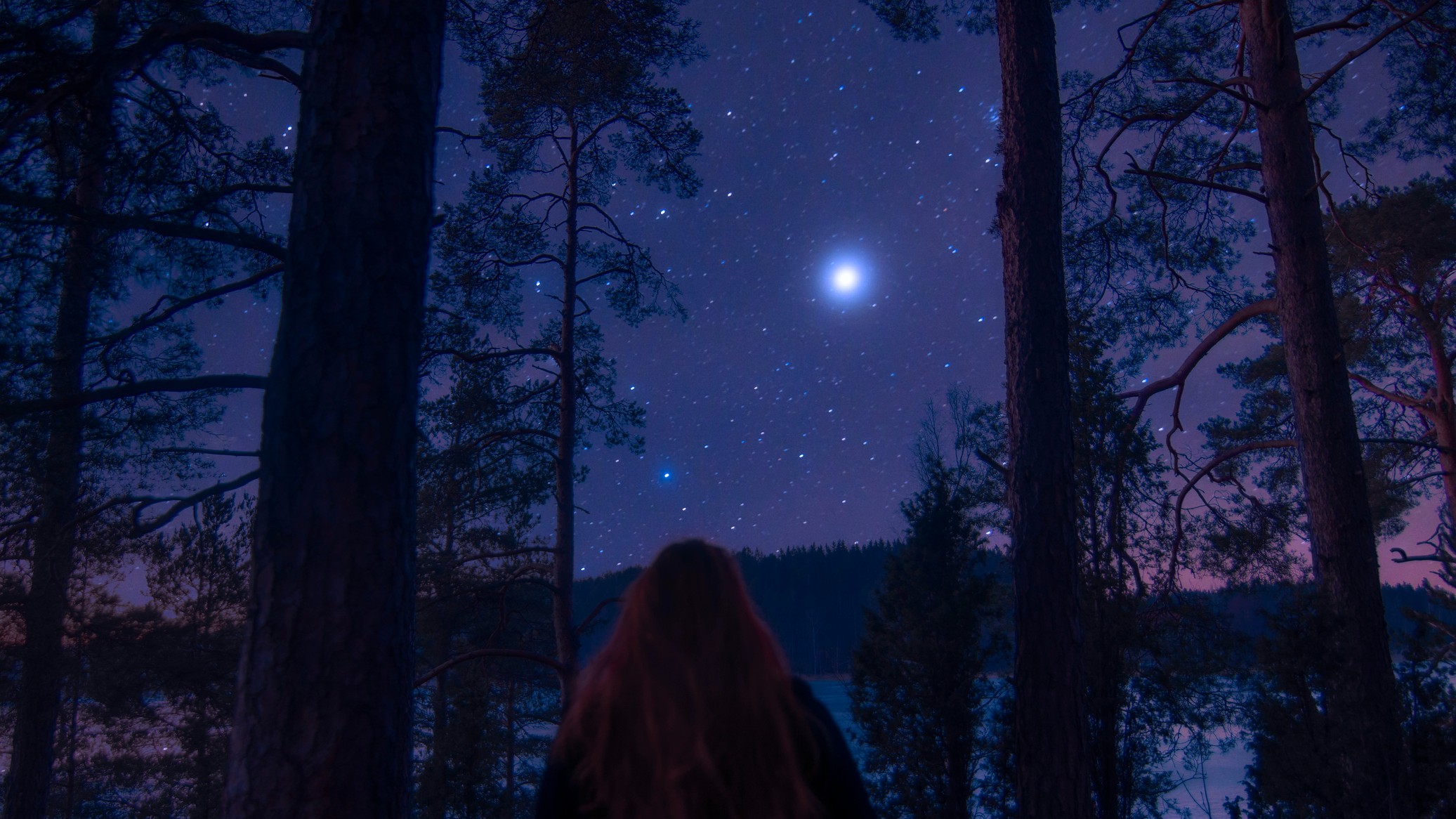I, Monkey: Test Subjects Recognize Their Mirror Images

For the first time, scientists have found that monkeys can recognize themselves in mirrors, which hints that they are self-aware.
The finding suggests the mental divide between humans and their distant relatives is not as great as researchers have thought.
Normally, monkeys do not recognize that the reflections they see are their own images — they often ignore mirrors or treat reflections as intruders. Only a few animals, including elephants and dolphins, apparently do possess this form of self-awareness.
Chimpanzees, our closest living relatives, can recognize their own reflections, using mirrors to inspect marks that researchers have drawn on the chimps' faces. Still, nearly all other primates fail this "mark test," leading scientists to conjecture about the "cognitive divide" between us and them.
But in a new study, rhesus macaques, a species of monkey found throughout South Asia, apparently could recognize themselves in mirrors, contradicting the results of a standard mark test.
And what did the monkeys especially like inspecting with mirrors? Their own genitals.
An accidental discovery
Get the world’s most fascinating discoveries delivered straight to your inbox.
As part of a study into attention deficit disorder, neuroscientist Luis Populin at the University of Wisconsin and his colleagues placed electrode-loaded implants on the heads of rhesus monkeys to help record their brain activity. Animal technician Abigail Rajala then noticed that one of the macaques seemed to recognize himself in a small mirror, Populin recalled.
"I told her the scientific literature says they can't do this," Populin said, "so we decided to do a simple study."
Staring at a mirror to inspect a harmless, temporary mark drawn on its face is usually seen as a sign that an animal is aware that the mirror shows its own reflection and not that of another animal. Animals that lack self-awareness might, for example, search for the "animal" behind the mirror.
The monkeys failed this standard mark test. Still, it seems Rajala (now a doctoral student) was right. Nearly all the monkeys that had received the implant stared at mirrors as they examined and groomed their foreheads near the implant. They also turned upside down as they examined parts of their bodies they had never seen before, such as their genitals, and adjusted mirrors to get a better view of themselves.
Macaques usually interpret their reflections as intruders and adopt either aggressive or submissive poses, but the implanted monkeys did so far less often, also indicating self-awareness, Populin said. When the researchers covered the mirror with black plastic, the monkeys ignored the mirror. [Read "Fish Fear Their Own Reflections"]
Monkeys without the implants did not use the mirrors.
"We think the marks used in the standard mark test are not relevant enough for the monkey to show interest," Populin told LiveScience. "We think that the implant on their heads constitutes such a significant change — a 'super-mark' — that it motivates them to look in the mirror."
He noted that one monkey with an implant did not use the mirror. "This may simply be indicative of individual variation," Populin said. He added that not all chimps pass the mark test, either.
The discovery could help scientists further explore the mysterious, complex phenomenon we call self-awareness.
"We are interested in understanding the neural mechanisms underlying this ability," Populin said.
The scientists detailed their findings online today (Sept. 29) in the journal PLoS ONE.



